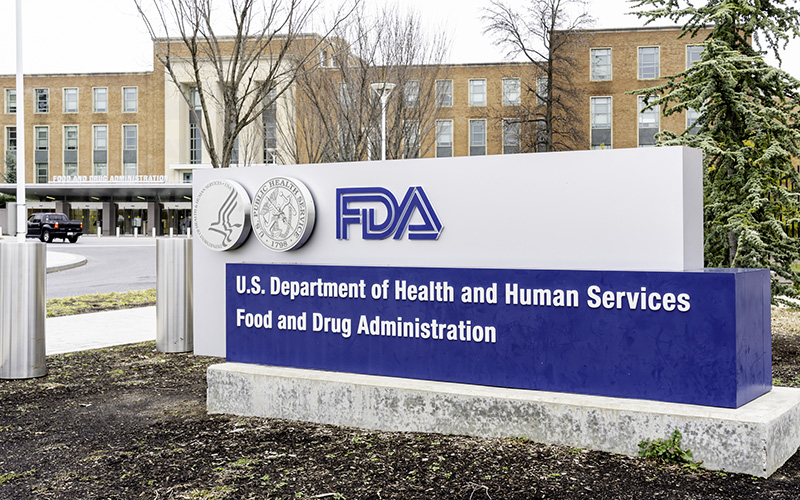The FDA recently (2014) updated the cosmetic section of their website and added some new pages that clarify regulations, particularly for small manufacturers of soap and cosmetics. Some of the most commonly asked questions are very clearly answered in FAQ format.
When you go to the FDA Cosmetics home page (from the FDA home page, click the “Cosmetics” tab), you’ll see that the page has been reorganized. At the moment, in the main image box, there is an announcement that the content has been reorganized and if you click that link it will take you their press release. The link in the left-hand menu under “News and Events” has a link to What’s New in Cosmetics which lists out the new and some (but not all) of the changed content.
As an aside, I noticed that not only did they change the content, they have also changed the layout and the way the new pages function so they are mobile-friendly (that is, the layout changes when viewed on a tablet or mobile device to make it easier to read).
Small Businesses & Homemade Cosmetics: Fact Sheet
One of the new documents is the Small Businesses & Homemade Cosmetics: Fact Sheet. Written in FAQ (Frequently Asked Questions) format, it does in fact address some of the most frequently asked questions about small cosmetic manufacturing and covers important subjects such as how cosmetics are regulated by the FDA, if any testing is required, registration, requirements for starting a business, and labeling. Many of the answers also link to additional information on different subjects.
Of interest, one of the questions is “Can I use a Post Office (P.O.) box or website for the address on the label?” The answer is extremely clear: No.
Soap: Fact Sheet for Soap Makers
If you’ve had any difficulty understanding when “soap” is exempted from FDA regulation (and when it’s not), the new page Soap: Fact Sheet for Soap Makers clearly explains the criteria and includes some links to additional information.
Fragrances in Cosmetics
The new Fragrances in Cosmetics page is intended for both consumers and manufacturers. It explains how to determine if a fragrance product is regulated as a cosmetic and discusses the terms “essential oils” and “aromatherapy” and how they apply to cosmetic regulation. Use of the term “fragrance” in the ingredient list is also explained.

Labeling Section
The reorganization of the FDA Cosmetics website has created a section called Labeling, which has several sub-sections.
In the Labeling Regulations sub-section, you’ll find an Overview of Labeling Regulations which gives an excellent overview of the regulations (just like the title says). The Summary of Labeling Requirements is a nice, concise summary of what the labeling requirements are, with a brief explanation of the fundamental information you should know. The Cosmetic Labeling Regulations page gives links to each part of the Code of Federal Regulations that apply to labeling cosmetics; it makes the actual code much easier to find than it was before.
The Labeling Claims sub-section contains links to information about different claims and what the regulations are, or if they are not regulated terms. There are articles on Alcohol Free, Cosmeceutical, Hypoallergenic, Aromatherapy and more.
The Cosmetics Labeling Guide has been included in the Labeling section. It has been updated a bit, and reformatted in a way that makes it somewhat easier to read. I didn’t find any major changes to what’s covered, but there were some minor changes that make it easier to understand.
Ingredient Names
Another new document (Cosmetic Ingredient Names) clearly states how to determine what names should be used to identify ingredients in a product. The FDA makes it very clear that common or usual names must be used (not Latin or foreign language).
Cosmetic companies sometimes ask FDA about identifying botanicals only by their Latin names, identifying color additives only by the “CI” numbers used in the European Union, or using terms from other languages, such as “Aqua” and “Parfum” instead of “Water” and “Fragrance.” Under the FPLA, however, ingredients must be listed by their “common or usual names,” and FDA does not accept these alternatives as substitutes. But FDA does not object to their use in parentheses following the common or usual name in English (or Spanish, in Puerto Rico). [emphasis added]
Product Testing
The new page covering Product Testing answers the question about when product testing is recommended or required and how to support the safety of your cosmetic. It’s excellent reading and contains links to additional information as well.
In Summary
It’s important to note that there have not been any changes to the regulations. However, it really looks like they have recognized that the handcrafted soap and cosmetics industry exists, and that we are different from the large, commercial manufacturers they typically dealt with in the past.
This reorganization of the FDA Cosmetics website pages makes it much easier to navigate around and to find information pertinent to the making of and labeling of cosmetic products. Most of the new pages were greatly needed, and serve to clarify points that have often been confusing, especially for the handcrafted soap and cosmetic industry.
Kudos to the FDA for recognizing the need for change, and for doing so in a manner that will really assist those who are looking for the information they need in order to follow the existing regulations.

Shameless plug!
To really be able to create your own labels that comply with the regulations, get my book from Amazon and use it.
4th Edition – Released March 5, 2025!!!
Or order directly from me (and get a signed copy)!



Leave a Reply